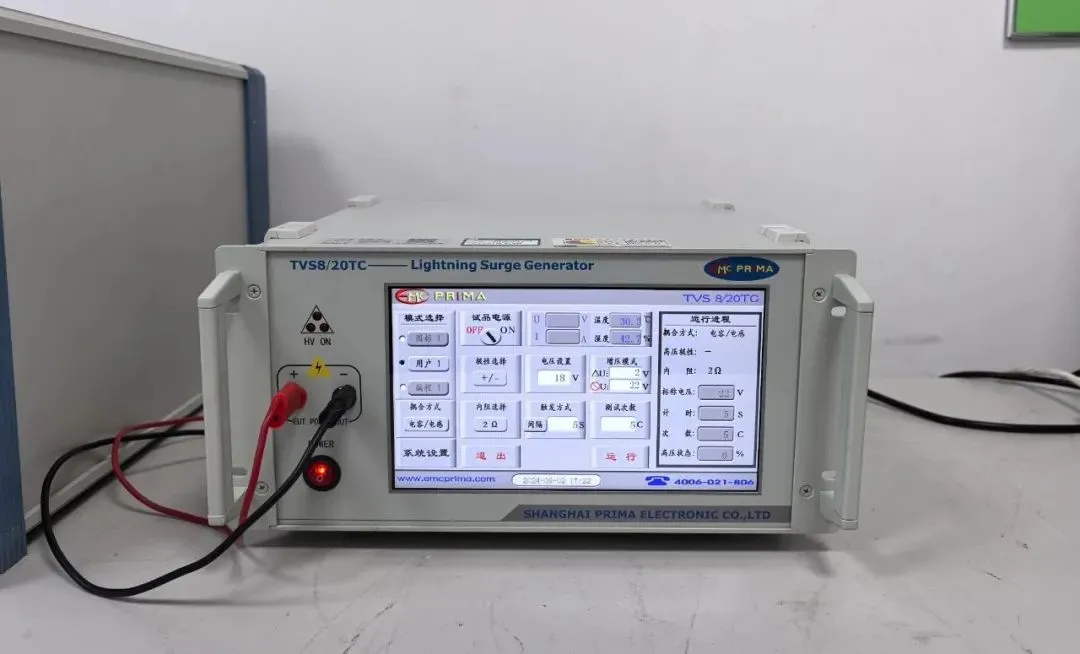
Appliance Testing Services
In the era of globalization, home appliance products must overcome a series of strict certification requirements to successfully enter developed markets such as Europe and the United States. Among these, CE, FCC, and UL certificationsare the three most critical pillars. These certifications not only signify product quality and safety but are also essential passes for entering the European and American markets.
1. CE certification: European Market Pass
Significance of Certification:
The CE mark indicates that a product meets the European Union’s safety, health, and environmental protection standards. It is a mandatory requirement for entering the EU market. For home appliances, such as fans and air conditioners, obtaining CE certification means that the design, manufacturing, and testing processes meet high standards of safety and performance.
Key Standards:
① en60335-1:General safety standard for household appliances, covering electrical safety, mechanical safety, thermal protection, and more, ensuring that products do not harm users or the surrounding environment.
② EN55014-1:Electromagnetic compatibility (EMC) standard, requiring that the electromagnetic interference generated during normal operation is within acceptable limits, and that the product can withstand external electromagnetic fields without affecting other devices.
③ EN55014-2:EMC – Immunity requirements.
④ erp directive:Energy efficiency and environmental impact.
⑤ RoHS Directive:Restriction of hazardous substances.
⑥ RED Directive:Radio Equipment Directive.
Certification Process:
1. Submit Application Form:The manufacturer submits an application to the designated certification body, including product details and manufacturer information.
2. Send Product Samples:Product samples are sent to the designated laboratory according to the certification body’s requirements.
3. Sample Testing:The laboratory conducts comprehensive tests on the samples, including but not limited to electrical safety and EMC tests.
4. Issuance of Certificate:If the test results meet the standards, the certification body issues the ce certificate, allowing the CE mark to be affixed to the product.
2. FCC Certification: U.S. Wireless Market Access
Significance of Certification:
FCC certification, managed by the U.S. Federal Communications Commission, ensures that wireless products do not cause harmful interference to U.S. radio communications. For home appliances with wireless features, such as smart fans or air conditioner controllers, FCC certification is essential.
Types of FCC Certification:
① FCC-sdoc (Supplier’s Declaration of Conformity):Applicable to most wireless products; compliance is demonstrated through self-declaration.
② FCC-ID:Required for specific wireless devices, such as Wi-Fi or Bluetooth products. The fcc id is registered in the FCC database and provides a unique identification code.
Certification Process:
1. Prepare Documentation:Includes technical specifications, test reports, etc.
2. Submit Application:Apply to the FCC or an authorized testing laboratory.
3. Testing and Review:The laboratory tests the product to confirm compliance with fcc standards.
4. Certification Issuance:Once approved, the product receives FCC certification and may display the FCC mark.
3. UL Certification: Safety and Energy Compliance
Key Standards:
① UL 60335-1:Safety standards for household and similar appliances.
② UL 60335-2-x Series:Product-specific standards, such as UL 60335-2-24 for refrigerators.
③ DOE Energy Efficiency Regulations:Mandatory energy efficiency requirements; some products also need to comply with Energy Starstandards.
Certification Process:
1. Application and Assessment:Manufacturers submit an application to UL with product samples and technical documentation. UL conducts an initial assessment to determine applicable testing standards.
2. ul testing Report:UL laboratories perform comprehensive tests based on selected standards, covering electrical safety, fire resistance, mechanical stability, and more.
3. Factory Audit:UL also inspects the manufacturer’s production facilities to ensure production processes meet UL requirements and maintain consistent product safety.
4. Certification Issuance:After passing testing and factory audits, UL issues the certification, allowing the product to display the UL mark.
Email:hello@jjrlab.com
Write your message here and send it to us
 Do I Need EC Homologation in the USA?
Do I Need EC Homologation in the USA?
 FCC Part 15B & Part 97 Certified
FCC Part 15B & Part 97 Certified
 EMC Pre-Compliance Testing UK
EMC Pre-Compliance Testing UK
 EMC Compliance Testing Australia
EMC Compliance Testing Australia
 Electrical Compliance Testing NZ
Electrical Compliance Testing NZ
 Compliance Testing for Children's Clothing
Compliance Testing for Children's Clothing
 Amazon Product Compliance Testing
Amazon Product Compliance Testing
 What is RCM Compliance Testing?
What is RCM Compliance Testing?
Leave us a message
24-hour online customer service at any time to respond, so that you worry!




